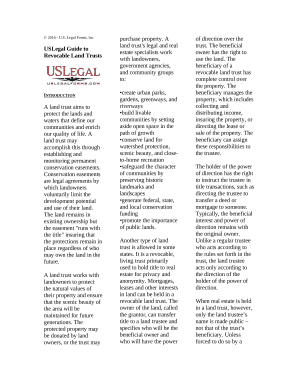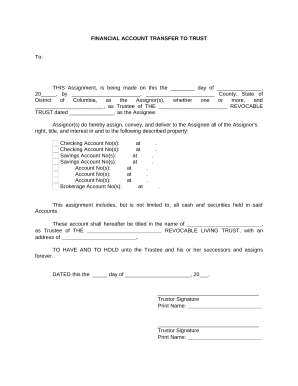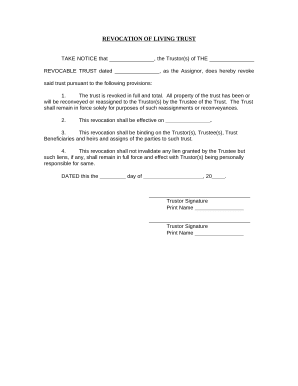








Document managing occupies to half of your business hours. With DocHub, you can reclaim your office time and increase your team's efficiency. Access Revocable Living Trust Documents online library and check out all document templates relevant to your everyday workflows.
The best way to use Revocable Living Trust Documents:
Boost your everyday file managing with the Revocable Living Trust Documents. Get your free DocHub profile right now to explore all forms.